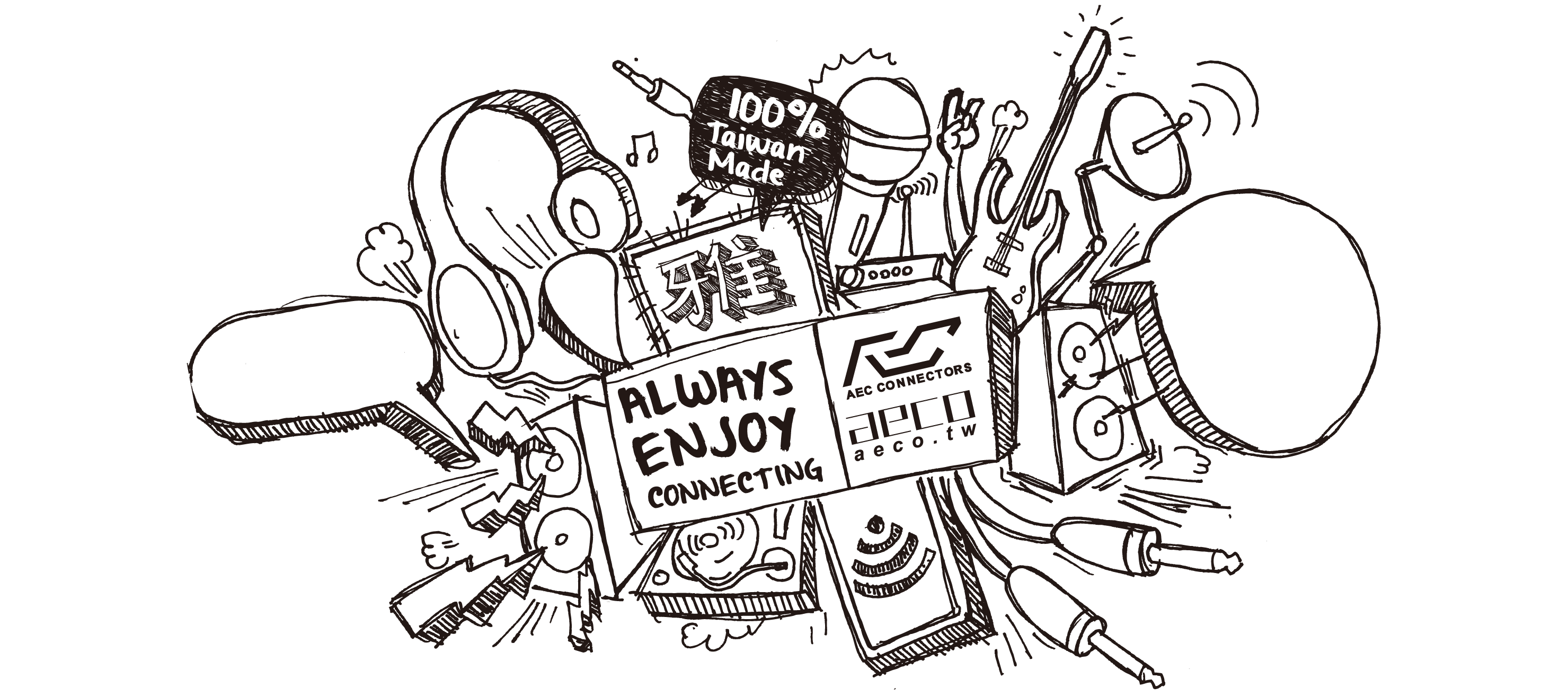This is just wrong, sorry. Do the math at least!

Shields on BOTH RCA and XLR have other effects that might sound like rolled-off highs, but that's not what's happening in a vast majority of situations.
Your beliefs about how XLR cables don't matter is absolutely not the case either.
I did the math.
10 feet is the commonly accepted maximum length. You can go longer of course but the ice gets progressively thinner; much depends on the output impedance of the preamp and the input impedance of the amp. This is such a well-known aspect of single-ended cables that its not really up for debate. if you wish to fly in the face of this you do so with considerable headwind.
If a balanced line system is set up right, the cables can go some very long distances- our preamp can drive 100 feet with no problem at all; I've seen microphone signals sent longer than that with no degradation; this was done routinely in the 1950s and since. This fact about balanced line is extremely well known and as you should know is what made long distance phone calls and inter-continental phone calls possible. Clearly the shield is not affecting the signal in the way that it does in single-ended cables! Otherwise the golden age of stereo in the 1950s would never have been possible. Well- that and the introduction of the Westerex 3D cutter heard for LP mastering...
If you find that one XLR cable is sounding different from another, the simple fact is the equipment being used with it does not support the balanced line standard, which has two aspects (how its connected and impedance), both of which are largely ignored in high end audio. Hence audiophiles hear differences. That shouldn't happen, but out of ignorance or the choice to ignore the standard, it does.
IOW your last statement is false. I do not have a belief on the matter. Knowledge is fundamentally different from believing.












